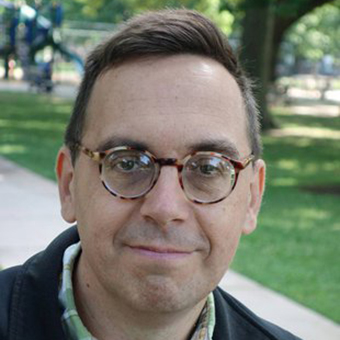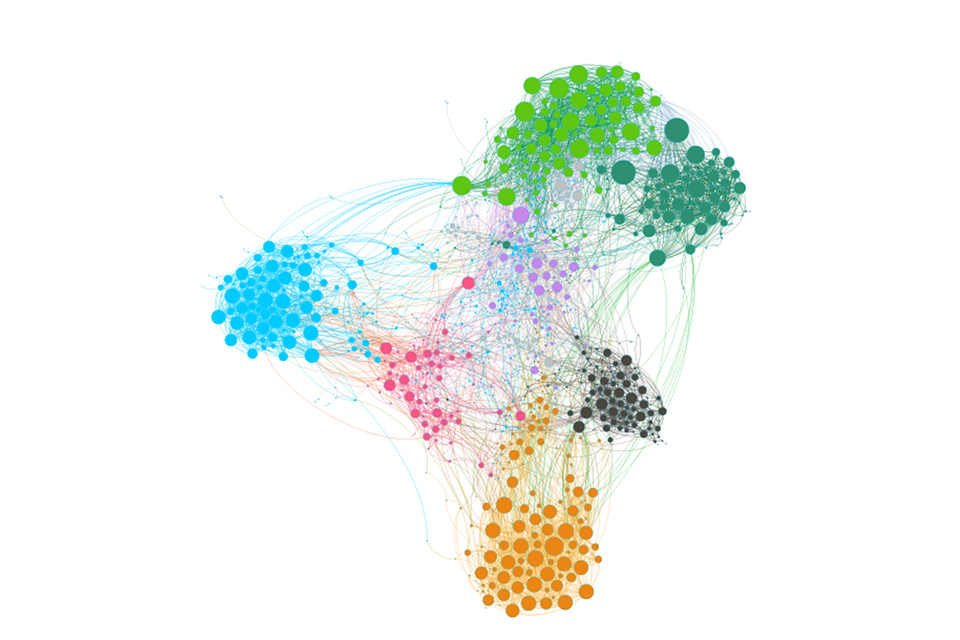Carlos Lois, PhD
Director, Chen Center for Neuroscience Education
Division of Biology & Biological Engineering
California Institute of Technology
(November 10, 2020)
Malleable, but not so flimsy - Resilience of neuronal representations of time and space in the brain
In patients with dementia, recent memories are often lost, while memories from the distant past are retained. Words to songs not heard in years come back to us with ease. How do our brains hold on to this information over the many changes life brings? Dr. Lois and his lab explore these questions of the resilience of brain circuitry over long periods of time, using mouse olfaction and bird song to represent memories and behaviors that persist over time.
 Brain function is remarkably reliable despite the imprecise performance of neurons, and the continuous perturbations caused by aging, disease or injury. How does the brain succeed in producing stereotypic behaviors over long periods of time despite these perturbations? We are interested in studying the cellular mechanisms by which neuronal circuits are able to “self-tune” and adapt to perturbations. We are using genetic manipulations to perturb brain circuits to ask two types of questions: (i) how do brain circuits adapt when a large percentage of their neurons are eliminated or silenced, and (ii) how do brain circuits maintain information over long periods of time, ranging from months to years. To study these questions, we are focusing on two different brain circuits: (a) the mouse olfactory system, where we can genetically perturb specific neuronal types with high selectivity, and (b) the song circuits of birds, because song is an extremely stereotypical behavior that can be measured with high resolution.
Brain function is remarkably reliable despite the imprecise performance of neurons, and the continuous perturbations caused by aging, disease or injury. How does the brain succeed in producing stereotypic behaviors over long periods of time despite these perturbations? We are interested in studying the cellular mechanisms by which neuronal circuits are able to “self-tune” and adapt to perturbations. We are using genetic manipulations to perturb brain circuits to ask two types of questions: (i) how do brain circuits adapt when a large percentage of their neurons are eliminated or silenced, and (ii) how do brain circuits maintain information over long periods of time, ranging from months to years. To study these questions, we are focusing on two different brain circuits: (a) the mouse olfactory system, where we can genetically perturb specific neuronal types with high selectivity, and (b) the song circuits of birds, because song is an extremely stereotypical behavior that can be measured with high resolution.

Visual abstract from Carlos Lois' talk